A Look Back: Bridges knit together the Upper Valley
| Published: 10-03-2023 8:22 AM |
Bridges across the Connecticut River have been essential for more than two centuries to creating what former Vermont Gov. Howard Dean once called a “third state” nestled between New Hampshire and his Green Mountain State.
Indeed, as the current closure of the Lyme-East Thetford span shows: No bridges, no Upper Valley.
People ranging from hardy pioneering farmers to greed-addled investors to determined politicians are part of a continuum of efforts to assure that access from one side of the river to the other is provided. And as the absence for several months of that Lyme-East Thetford link illustrates, the region is bound together by the structures that enable convenient travel and commerce across the river.
Since the Civil War, the record of bridge-building in the Upper Valley reaches of the river is extensive. Newspaper accounts and old letters dug from town libraries and historical societies document the fragility of Connecticut River bridges and the economic and political struggles to keep them functioning. But go back over the preceding century and it takes a deeper dive to piece together the stories of bridges built, enjoyed and destroyed.
Capricious weather doomed many of the bridges, beginning as early as the 1770s.
Heavy rains and melting snow would send the river from a lazy stream to a destructive torrent in a matter of hours, and bridges crafted from available timber by optimistic builders would be swept away in a flash. Towns often would sponsor construction, but investors looking to make some money by charging tolls for crossing were very often behind bridge projects.
Perhaps the most tragic of all weather-caused bridge losses would actually happen in modern times, however. In the 1980s, a major private initiative restored the Bedell Bridge between Haverhill and Newbury. It was a handsome covered wooden bridge set on stone abutments and piers, but when an autumn tempest came along, it was knocked off its footings and crashed into the fast-moving currents below.
Floods could hit most any time of the year. They could erode supporting stone work or come roaring into the structures themselves. Chunks of ice floating southward could act like battering rams, cracking timbers and destroying the span. Dozens of wooden bridges were built along the Upper Valley’s stem of the Connecticut over two centuries, and all save one were wiped out by floods or were abandoned in favor of modern construction materials.
Article continues after...
Yesterday's Most Read Articles
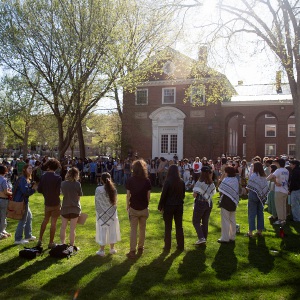 Dartmouth administration faces fierce criticism over protest arrests
Dartmouth administration faces fierce criticism over protest arrests
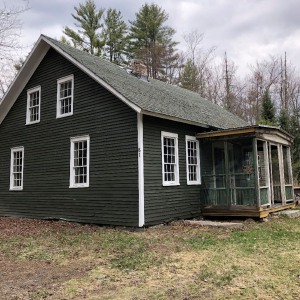 Hanover house added to New Hampshire Register of Historic Places
Hanover house added to New Hampshire Register of Historic Places
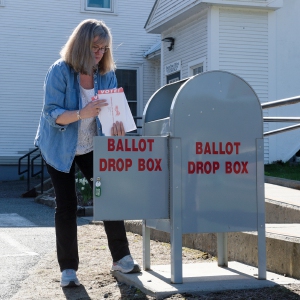 Sharon voters turn back proposal to renovate school
Sharon voters turn back proposal to renovate school
That lone survivor is the Cornish-Windsor Covered Bridge, designed and built in 1866 by a genius carpenter named James Tasker and still standing and handling a steady flow of traffic today. But it could very likely have been abandoned in the 1980s had it not been for the vision and tenacity of a single politician, Merle Schotanus, a retired Army colonel, Grantham farmer and state representative for the Cornish-Plainfield-Grantham district.
Highway officials in both New Hampshire and Vermont had decided the old Tasker bridge was obsolete and they went forward with design for a new concrete and steel “aircraft carrier”-style bridge a few hundred yards upstream.
But Schotanus, a wily fiscal presence in Concord, headed off the plans and fought for and succeeded in getting appropriations for a complete rehabilitation and strengthening of the covered bridge that stands today, the last covered bridge on the Connecticut River stem.
A curiosity is the bridge that links Charlestown and Springfield, Vt. It was built foremost as a railroad span, carrying spur tracks from the main line in Charlestown to the industries in Springfield. But it also had lanes for motor vehicles until the rail tracks, and a 35-cent toll for cars finally went away in 2001.
From the Massachusetts border to Quebec, only two pairs of riverfront towns aren’t linked by a bridge: Hartland and Plainfield and, far to the south, Putney, Vt., and Westmoreland, N.H. A Hartland-Plainfield tie isn’t for lack of trying. Several bridges were established in the late 1700s and throughout the 1800s, but every one was swept away by a flood. In 1906, the popular novelist and Cornish resident Winston Churchill was serving in the New Hampshire Legislature, and he promised to win a state appropriation to build a bridge at Sumner’s Falls to connect the two neighbors. So convinced of the need, Churchill pledge $500 of his own money toward the project but, alas, it never came to be.
Ferries frequently stepped in to join towns across the river, but they didn’t run in the winter. No bridge, no ferry service available, no problem for Hartland farmer Fred Rogers. He had purchased a large farm across the river in North Plainfield; it was January 1901. Rogers moved his family, farm equipment and household across the river on the ice.
Rogers, a powerful progressive force in New Hampshire politics in his time, would be pleased to see how good bridge connections fuse the river towns of the Upper Valley together today.
Steve Taylor lives and farms in Meriden and contributes occasionally to the Valley News.

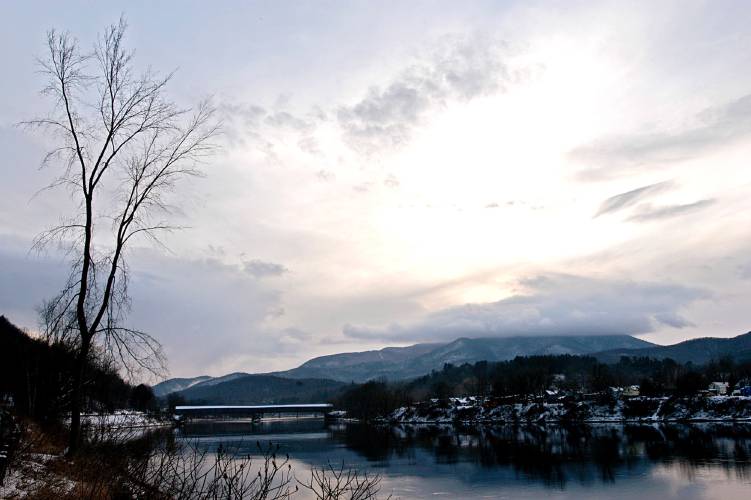
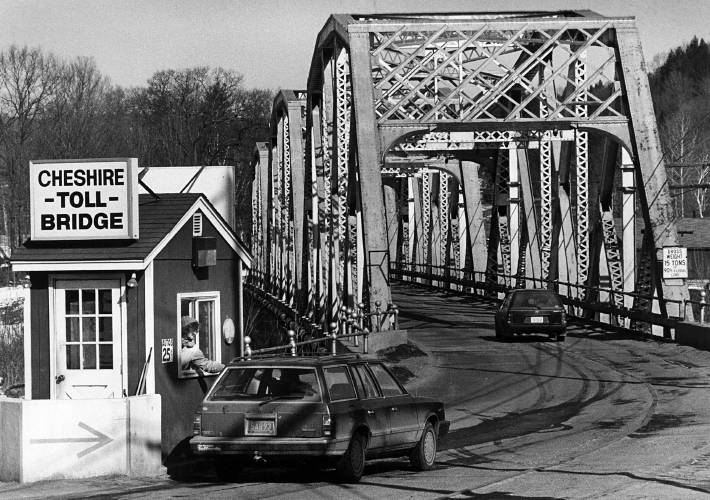
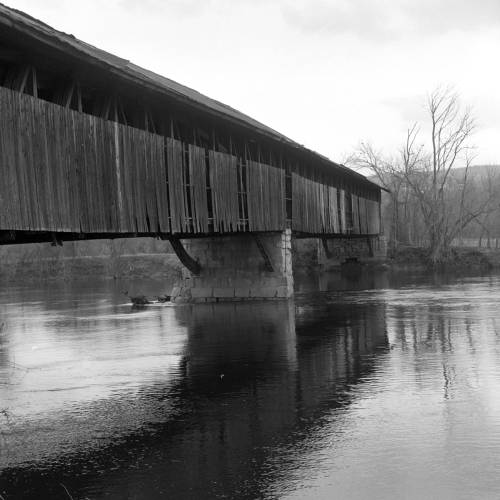
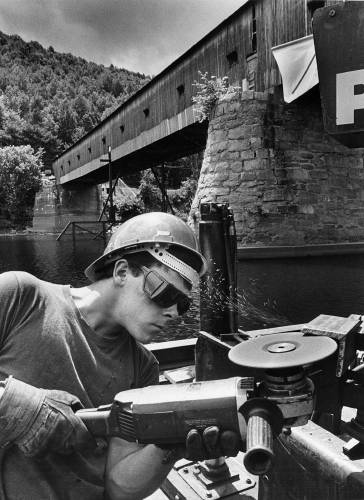
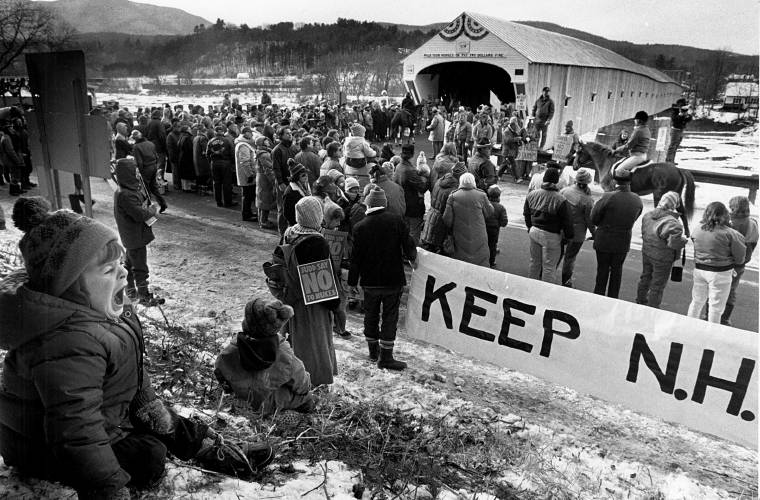
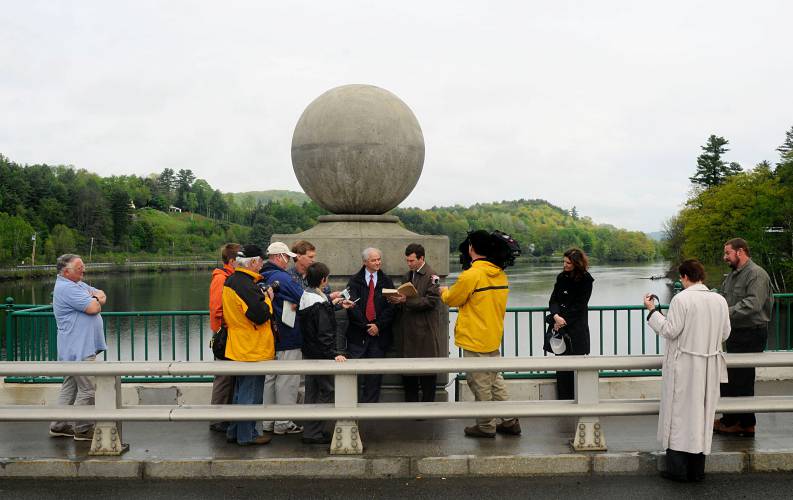
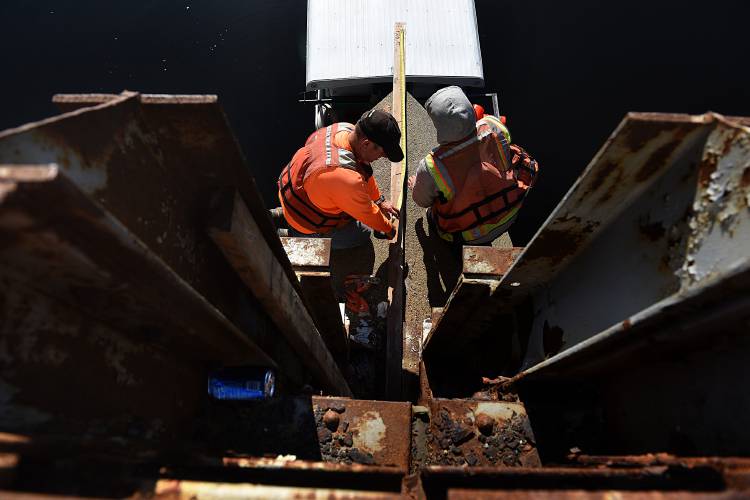
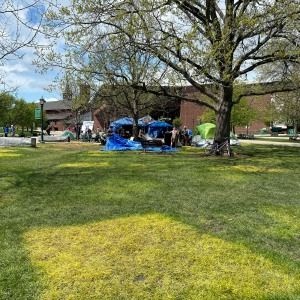 Students take down pro-Palestinian encampment at UVM
Students take down pro-Palestinian encampment at UVM
